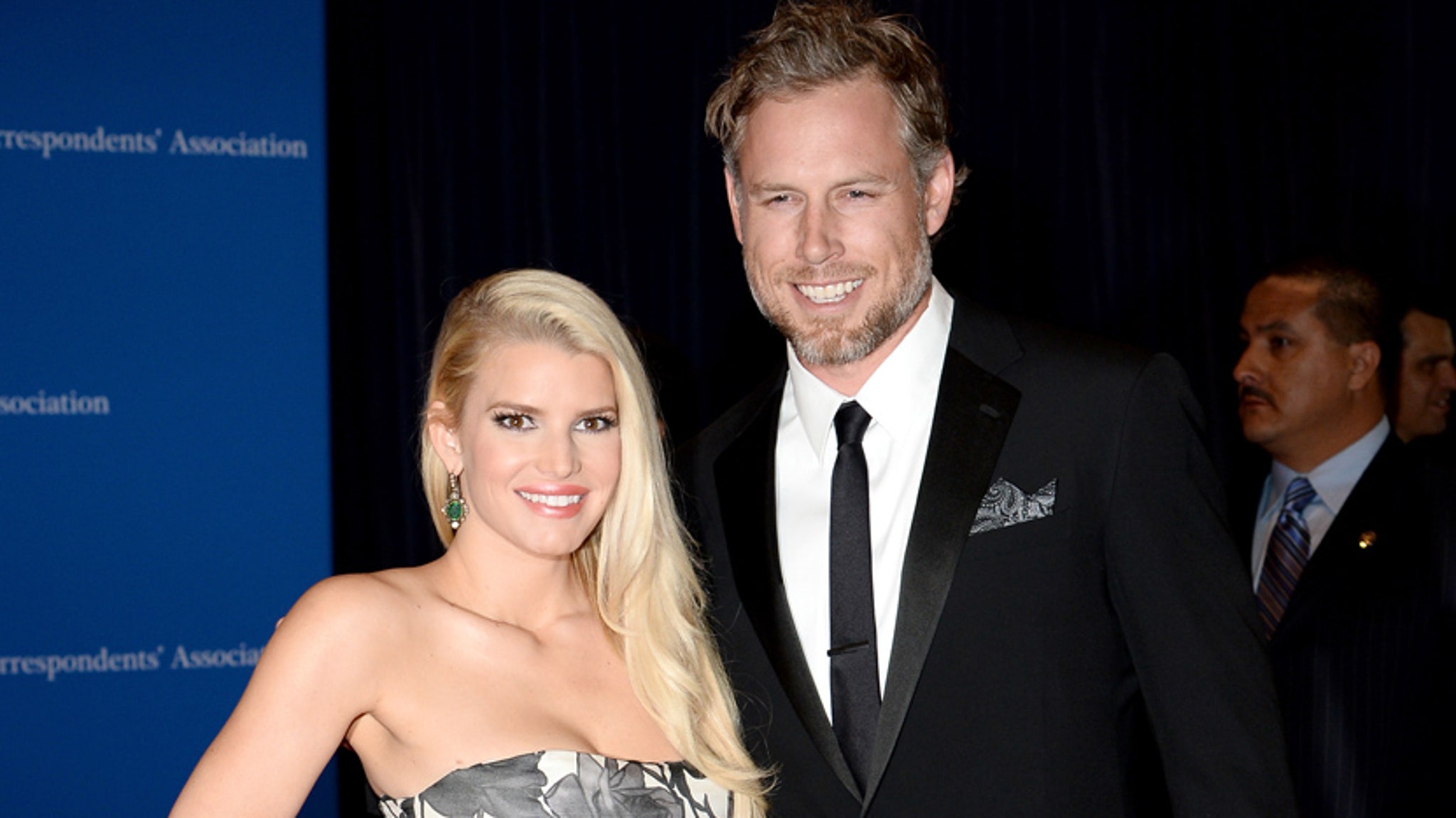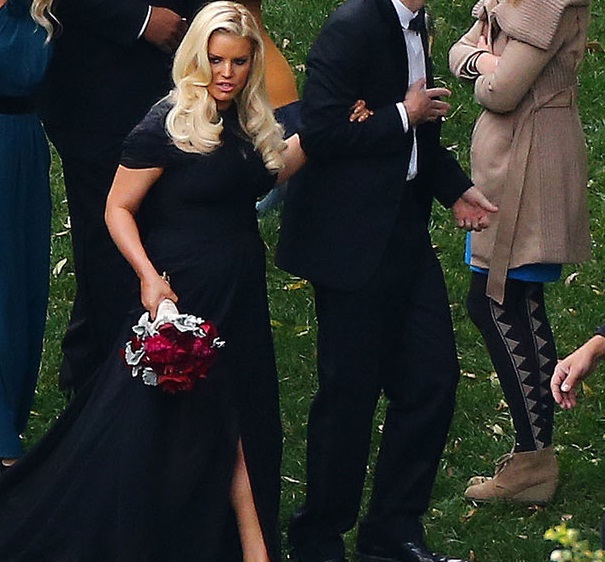Medieval Book Cover: Unveiling Merlin And Arthur's Tale

Table of Contents
The Visual Language of Medieval Book Covers
The artistry of a Medieval Book Cover was far more than mere protection; it was an art form in itself. Understanding the visual language employed by medieval illuminators is crucial to appreciating the richness of these historical artifacts.
Illumination and Manuscript Decoration
Medieval manuscripts were renowned for their vibrant illumination and intricate decoration. The use of gold leaf, rich pigments, and detailed illustrations transformed simple texts into breathtaking works of art.
- Common Motifs: Dragons represented power and chaos, heraldic symbols signified lineage and authority, and religious imagery reflected the deeply spiritual context of the time.
- Symbolic Significance: Each element was carefully chosen, imbuing the cover with layers of meaning. For instance, a depiction of the Holy Grail could hint at the quest for spiritual enlightenment.
- Techniques and Materials: Medieval illuminators skillfully employed techniques like tempera painting on parchment, using natural pigments derived from minerals, plants, and insects. The preparation of the parchment itself was a meticulous process, demanding considerable skill and patience.
Choosing a Style for the Merlin and Arthur Cover
The medieval era spanned several artistic styles, each with its distinct characteristics. To accurately represent the Merlin and Arthur legend, the choice of style would significantly impact the cover’s overall aesthetic.
- Romanesque Style (c. 1000-1200 AD): Characterized by strong lines, rounded arches, and stylized figures, it would lend a sense of solidity and majesty to the cover.
- Gothic Style (c. 1140-1500 AD): Defined by pointed arches, intricate tracery, and a focus on verticality, a Gothic style would convey a sense of elegance and otherworldliness, aligning perfectly with the mystical elements of the story.
- Stylistic Choices: The chosen style would dictate everything from the border designs and page layout to the typeface used for the title. A Romanesque cover might feature bold, geometric patterns, while a Gothic cover might incorporate flowing, organic designs.
Depicting Key Scenes from the Merlin and Arthur Legend
A compelling Medieval Book Cover would visually represent pivotal moments from the Merlin and Arthur legend, capturing the essence of the epic narrative.
Merlin's Prophecy and Arthur's Birth
This crucial scene, brimming with magic and destiny, demands a powerful visual representation.
- Visual Representations: Merlin could be depicted surrounded by mystical symbols, perhaps constellations or celestial bodies, while Arthur's birth could be rendered as a dramatic event, bathed in an ethereal light.
- Conveying the Magical: The artist could use techniques such as perspective distortion, swirling patterns, and vibrant, otherworldly colors to emphasize the magical aspects of the prophecy.
Arthur's Coronation and Excalibur
The coronation scene, marked by Arthur's ascension to the throne and the presentation of Excalibur, is a potent symbol of power and legitimacy.
- Visual Components: The scene could showcase the sword in the stone, Arthur surrounded by his loyal knights, and a magnificent crown, all rendered with meticulous detail.
- Themes of Power and Destiny: The artist could utilize strong lines, bold colors, and a commanding composition to convey the themes of rightful rule and destined greatness.
Key Battles and Magical Encounters
The legend is filled with iconic battles and magical interventions, offering rich visual possibilities.
- Scenes to Depict: The Battle of Camlann, the climactic and tragic battle that brings Arthur's reign to an end, or Merlin's magical duels with opposing forces could be powerful focal points.
- Conveying Drama and Magic: The artist could use techniques like dynamic composition, expressive figures, and contrasting colors to depict the battles' drama and the impact of Merlin's magic.
Symbolic Elements and their Significance
The inclusion of symbolic elements would deepen the meaning and visual richness of the Medieval Book Cover.
The Use of Heraldry and Coats of Arms
Heraldry, with its rich system of symbols and colors, could add historical accuracy and visual sophistication.
- Relevant Heraldic Symbols: The inclusion of coats of arms representing Camelot, Arthur's kingdom, or significant figures like Lancelot would enhance the cover's historical context.
- Historical Accuracy: Careful research into medieval heraldic practices would ensure the accurate and meaningful representation of these symbols.
Religious and Pagan Symbolism
Medieval art often blended Christian and pagan beliefs. The cover could reflect this by incorporating both religious and mythological symbols.
- Symbols and their Meanings: Christian crosses could represent faith, while Celtic knots, symbolizing eternity and interconnectedness, or other pagan symbols could represent the ancient magic inherent in the Arthurian legend.
- Blending of Elements: The successful integration of these diverse symbols would reflect the complexity of the medieval worldview and enrich the cover's symbolic layer.
Conclusion: Recreating a Medieval Book Cover: Merlin and Arthur's Tale
This exploration has showcased the myriad visual and symbolic elements that could be incorporated into a compelling Medieval Book Cover for the story of Merlin and Arthur. By understanding the visual language of medieval illumination, we can better appreciate the depth and artistry of these historical artifacts and the richness of the Arthurian legend. The key takeaways are the importance of understanding medieval art’s symbolic language, the diverse artistic styles available, and the potential to convey narrative depth through careful visual choices. We encourage you to further explore this fascinating topic by researching medieval illumination, delving deeper into the Arthurian legends, or even designing your own Medieval Book Cover inspired by the epic tale of Merlin and Arthur! [Link to relevant resources on Medieval Illumination or Arthurian Legends]

Featured Posts
-
 City Name A College Town Experience Unlike Any Other Michigan
May 11, 2025
City Name A College Town Experience Unlike Any Other Michigan
May 11, 2025 -
 Will Happy Gilmore 2 Revitalize Adam Sandlers Comedy Career
May 11, 2025
Will Happy Gilmore 2 Revitalize Adam Sandlers Comedy Career
May 11, 2025 -
 Shifting Power In The Arctic Pentagons Greenland Proposal And Its Potential Consequences
May 11, 2025
Shifting Power In The Arctic Pentagons Greenland Proposal And Its Potential Consequences
May 11, 2025 -
 Semana Santa O Semana De Turismo El Caso Unico De Uruguay
May 11, 2025
Semana Santa O Semana De Turismo El Caso Unico De Uruguay
May 11, 2025 -
 After Pope Francis 9 Leading Candidates For The Papacy
May 11, 2025
After Pope Francis 9 Leading Candidates For The Papacy
May 11, 2025
Latest Posts
-
 Jessica Simpson Och Orm Sperma Sanningen Bakom Rubrikerna
May 12, 2025
Jessica Simpson Och Orm Sperma Sanningen Bakom Rubrikerna
May 12, 2025 -
 Jessica Simpson Shares Painful Truths About Past Marriage
May 12, 2025
Jessica Simpson Shares Painful Truths About Past Marriage
May 12, 2025 -
 A Look At Jessica Simpsons Comeback Performance Following A 15 Year Break
May 12, 2025
A Look At Jessica Simpsons Comeback Performance Following A 15 Year Break
May 12, 2025 -
 Jessica Simpson Back On Stage After A 15 Year Absence
May 12, 2025
Jessica Simpson Back On Stage After A 15 Year Absence
May 12, 2025 -
 Kak Dzhessika Simpson Dobilas Vpechatlyayuschego Pokhudeniya
May 12, 2025
Kak Dzhessika Simpson Dobilas Vpechatlyayuschego Pokhudeniya
May 12, 2025
